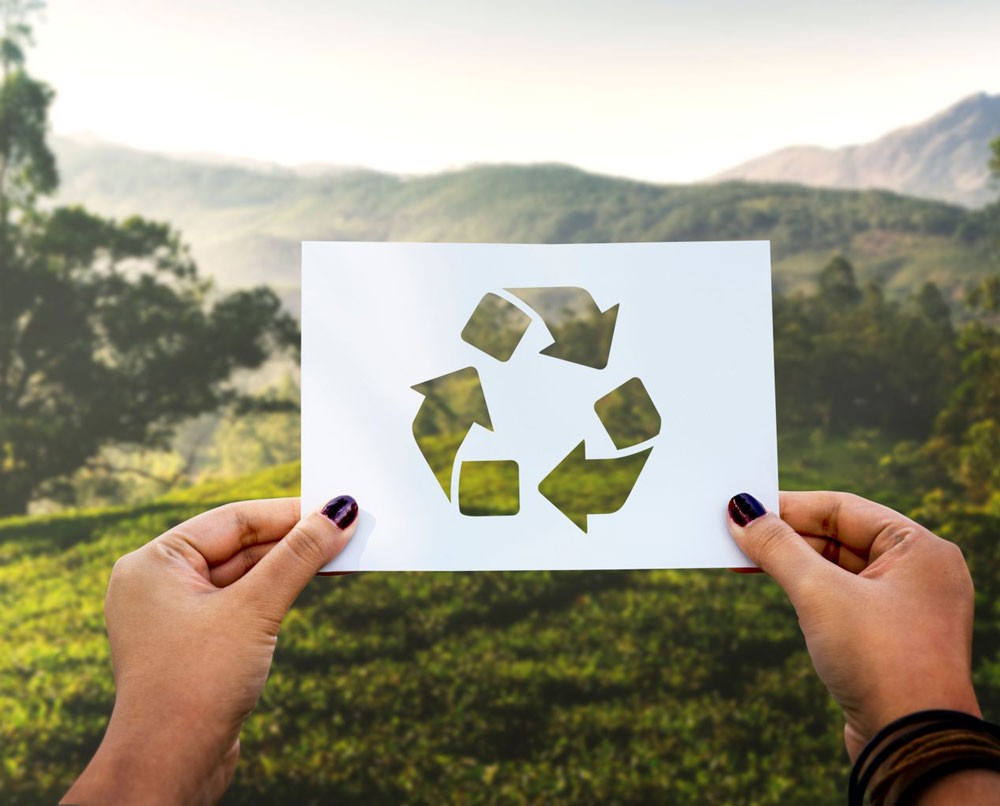Green Credentials

Our green credentials are important to us and we use printers that are members of the British Printing Industry Federation (BPIF).
They are strong advocates for the reduction of industrial carbon emissions and actively source Green Energy – electricity and gas.
They are incorporated into the BPIF’s Climate Change Levy Scheme. Government sponsored, the scheme rewards its members for using clean energy and focuses on methods to reduce energy consumption and waste.
ISO 9001:2015 (Processes) & ISO 14001;2015 (Environmental) certified they strive to reduce not only their carbon emissions but also harmful volatile organic compounds (VOC’s). All waste materials are decanted into IBC’s in their secure chemical waste storage unit ensuring chemical waste is contained and unable to leech into the water table. To do this they continuously monitor and refine their daily processes and are audited annually to ensure compliance.
Machine make readies are strictly controlled in another bid to minimise waste.
With the help of the Soil Association, FSC accreditation was achieved in 2013 enabling them to guarantee that all of the paper and board purchased from their merchants is sourced from ethically maintained forests, again we are strictly audited each year.
All of their inks are vegetable based, as is their anti-set off powder (starch) which is refined at the molecular level to maintain consistency and regulate particle size.
Our publications are printed on FSC certified paper. We encourage our readers to put our magazines in the paper recycling bin once they have finished reading it or it no longer want it.
Print and Paper Myths
When it comes to the sustainability of Print and Paper, it is important to separate the Facts from the Myths.
The European paper industry is a world leader when it comes to sustainably sourced raw materials, renewable energy and recycling rates. Yet the myths around paper are still prevalent amongst consumers. We’ve busted 7 popular myths about print and paper. Discover the facts about print and paper!
Myth: “European Forests Are Shrinking”
In Europe, where almost all primary forests are protected, paper comes from sustainably managed forests where the cycle of planting, growing and logging is carefully controlled.
Find out more at: twosides.info/european-forests
Myth: “Planted Forests Are Bad For The Environment”
Forests are an extremely important part of the environment. Well-managed sustainable forests give multiple benefits to society, such as livelihoods, ecosystem services and biodiversity, while helping to tackle climate change.
Find out more at: twosides.info/planted-forests
Myth: “Paper Is Bad For The Environment”
Paper is based on wood, a natural and renewable material. Paper is one of the most recycled products in the world and epitomises the circular economy model of make, use, recycle and reuse.
Find out more at: twosides.info/sustainable-products
Myth: “Only Recycled Paper Should Be Used”
Without new virgin fibres from trees, the paper cycle cannot be maintained. Recycled fibres degrade after several uses and the paper industry needs fresh fibre from sustainably managed forests to keep the renewable cycle going.
Find out more at: twosides.info/virgin-fibre
Myth: “Paper Production Is A Major Cause Of Global Greenhouse Gas Emissions”
The European pulp and paper industry produces original biobased products using wood, a renewable material. It is also the largest single industrial user and producer of renewable energy in the EU.
Find out more at: twosides.info/renewable-energy
Myth: “Paper Wastes Precious Resources”
Paper fits into the circular economy model seamlessly. Its raw material, wood fibre, is a renewable, natural and sustainable resource. Paper is easily collected and recycled, ensuring these valuable fibres are used time and time again.
Find out more at: twosides.info/circular-economy
Myth: “Paper Production Consumes An Excessive Amount Of Water”
The pulp and paper industry depends on water in three crucial areas. Firstly, there is rain water that is essential for trees to grow and, through photosynthesis, transform carbon dioxide to oxygen and cellulose, which provides the industry’s primary raw material, wood fibre.
Find out more at: twosides.info/papers-water-consumption
